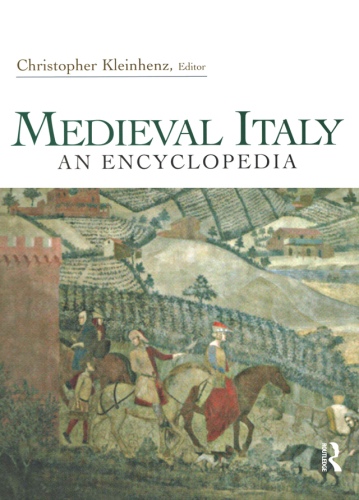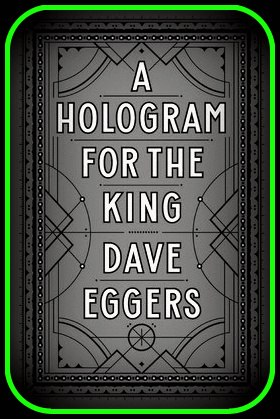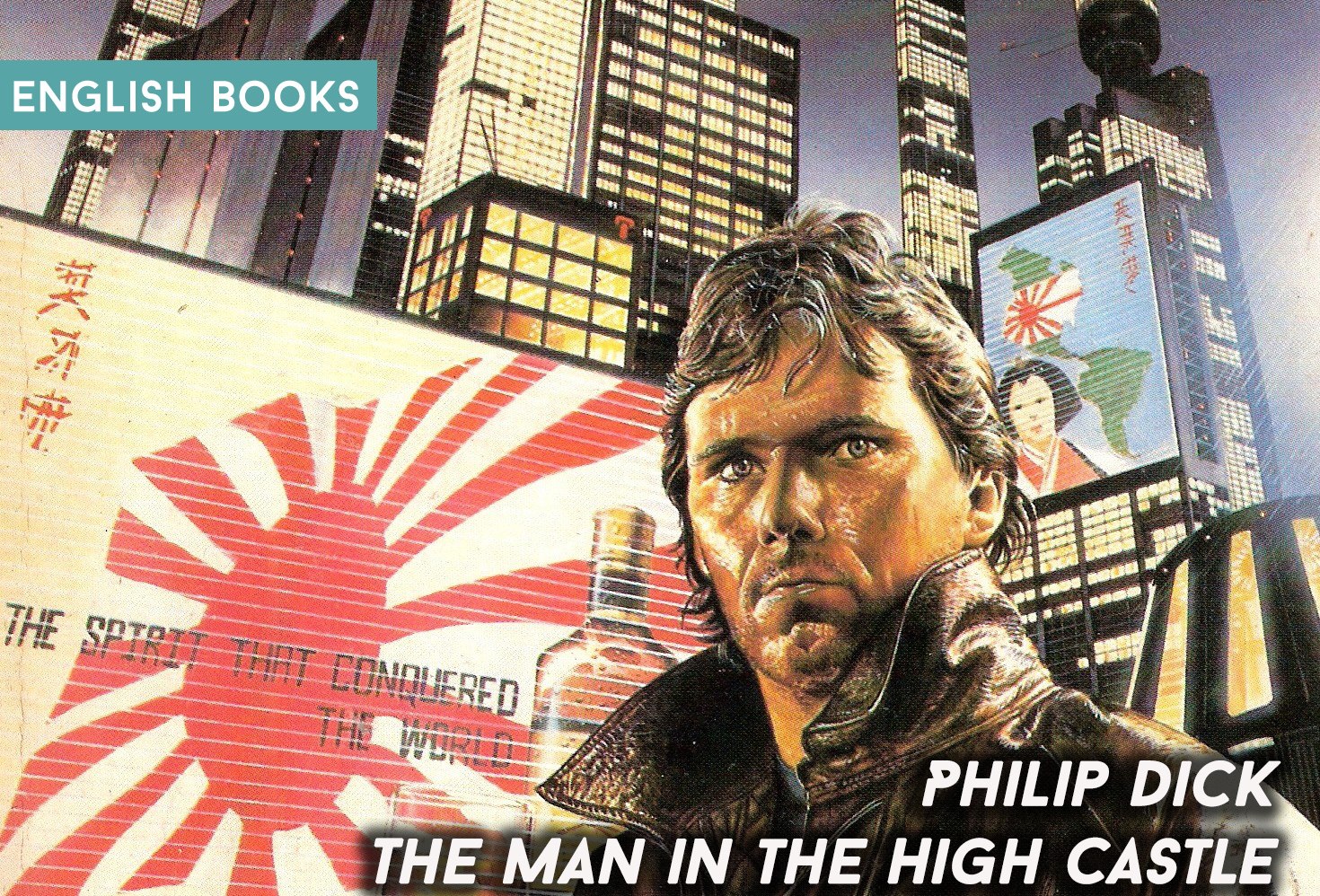Historical Dictionary of the Russian Federation
1) Historical Dictionary of the Russian Federation – Robert A. Saunders, Vlad Strukov
Scarecrow Press | 2010 | PDF
Straddling Europe and Asia, the Russian Federation is the largest country in the world and home to a panoply of religious and ethnic groups from the Muslim Tatars to the Buddhist Buryats. Over the past 30 years, Russia has experienced the most dramatic transformation of any modern state.
Historical Dictionary of the Russian Federation provides insight into this rapidly developing country. The volume includes coverage of pivotal movements, events, and persons in the late Soviet Union (1985-1991) and contemporary Russia (1991-present), as well as detailed entries covering the country’s expansive geography, unique culture, diverse ethnic groups, and complex political and social environment. This is done through a chronology, an introductory essay, maps, a bibliography, and over 600 cross-referenced dictionary entries on significant persons, events, places, and organizations.
2) Historical Dictionary of Ukraine – Ivan Katchanovski, Zenon E. Kohut, Bohdan Y. Nebesio, Myroslav Yurkevich
Scarecrow Press | 2013 | PDF
Although present-day Ukraine has only been in existence for something over two decades, its recorded history reaches much further back for more than a thousand years to Kyivan Rus’. Over that time, it has usually been under control of invaders like the Turks and Tatars, or neighbors like Russia and Poland, and indeed it was part of the Soviet Union until it gained its independence in 1991. Today it is drawn between its huge neighbor to the east and the European Union, and is still struggling to choose its own path… although it remains uncertain of which way to turn. Nonetheless, as one of the largest European states, with considerable economic potential, it is not a place that can be readily overlooked.
The problem is, or at least was, where to find information on this huge modern Ukraine, and since 2005 the answer has been the Historical Dictionary of Ukraine in its first edition, and now even more so with this second edition. It now boasts a dictionary section of about 725 entries, these covering the thousand years of history but particularly the recent past, and focusing on significant persons, places and events, political parties and institutions as well as more broadly international relations, the economy, society and culture. The chronology permits readers to follow this history and the introduction is there to make sense of it. It also features the most extensive and up-to-date bibliography of English-language writing on Ukraine.
3) Historical Dictionary of Poland – George Sanford
Scarecrow Press | 2003 | PDF
Poland has had an exceptionally turbulent thousand-year history marked by extremes of national greatness and decline including patrition and foreign occupation. Currently undergoing another dramatic transformation, Poland has been building a democratic and market system since the fall of communism. The largest and most important nation in Eastern Europe, outside the ex-Soviet Union, is now returning to the European mainstream from which she was for long periods isolated politically and economically, although not culturally.
Although Poland has been widely popularized in journalistic clichés in recent years because of Solidarity, the “Polish Pope” and the like, there is still much to be learned about the particular individuals and specific factors which have shaped her history in the past and which are molding her present development. The dictionary strikes a judicious balance in covering past and contemporary figures as well as Poland’s richly-textured political, social, and cultural dimensions.
The Dictionary has more than four hundred entries and a most comprehensive and up-to-date bibliography. It provides a stimulating and knowledgeable introduction for students, scholars, and librarians as well as a helpful overview-guide for tourists and for those involved in teaching, business, politics, journalism, and public service.
4) Historical Dictionary of the Czech State – Rick Fawn, Jiri Hochman
Scarecrow Press | 2009 | PDF
Czechoslovakia has been at the center of some of the most difficult―and tragic―episodes of modern European history: its sacrifice to Nazi Germany at Munich; the Communist Coup of 1948; and the military crushing of the Prague Spring. It has also enacted momentous change almost magically, as in the peaceful overthrow of communism in 1989, and then the negotiated end to the country in 1992. Czechoslovak history has consequently produced enduring political metaphors for our times, such as the Velvet Revolution and Velvet Divorce.
The second edition of the Historical Dictionary of the Czech State has been thoroughly updated and greatly expanded. Featuring a chronology, introductory essay, appendix, bibliography, and hundreds of cross-referenced dictionary entries, this detailed, authoritative reference provides understandings of the Czechs as a people; the territory they inhabit; their social, cultural, political, and economic developments throughout history; and interactions with their neighbors and the wider world.
5) Historical Dictionary of Slovakia – Stanislav J. Kirschbaum
Scarecrow Press | 2006 | PDF
The Historical Dictionary of Slovakia offers in its second edition an up to date series of cross-referenced dictionary entries on Slovak political, social, and economic development since the creation of the second Slovak Republic in 1993 until its admission into the European Union in 2004. It includes all of the political actors: the presidents, prime ministers, and party leaders, and many leading academics and cultural personalities, including those from the national minorities. It also contains entries on the various institutions of the Slovak Republic like the judiciary, the armed forces, the media, and parliamentary committees as well as entries that explain Slovakia’s position and role in international organizations like NATO and the European Union. The historical survey explains how Slovakia, in its post-Communist transformation, was almost excluded, but in the end became a full member of these two institutions.
To the entries on Slovak history of the first edition, the second edition adds personalities, concepts, and events that marked this nation’s struggle for survival over the centuries. The bibliography is expanded and contains the most recent works in Western languages on Slovakia as well as the most recent seminal publications in the Slovak language on various aspects of Slovakia’s history. This second edition enables the scholar and the researcher to have easy access to the background and to the role of most of the institutions and personalities of contemporary Slovakia.
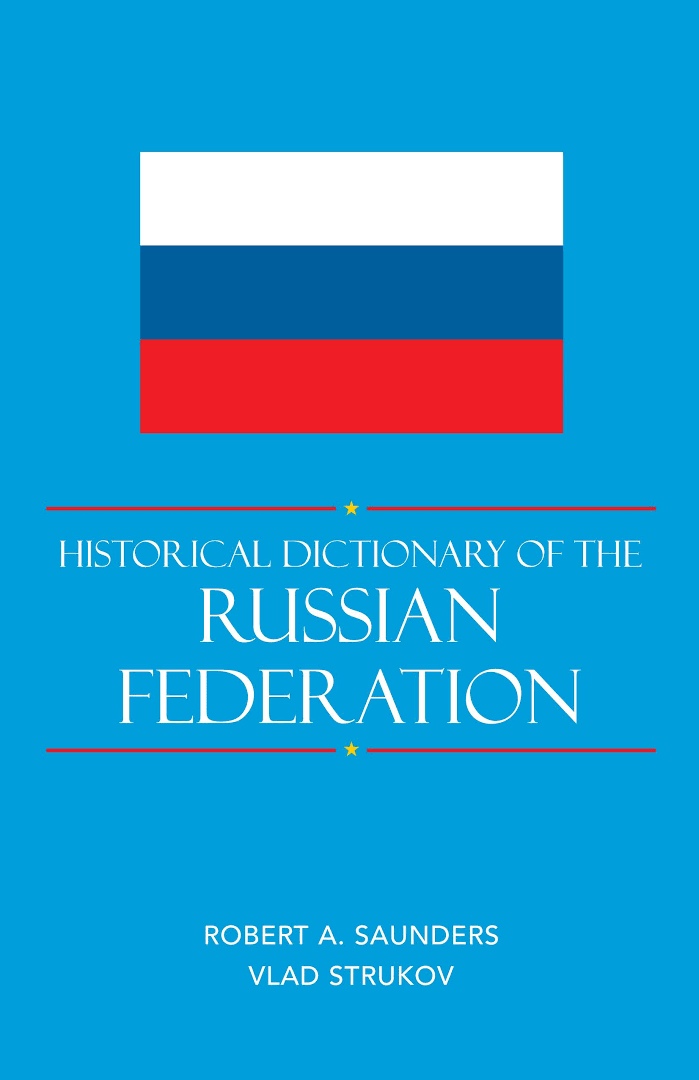 1 / 5
1 / 5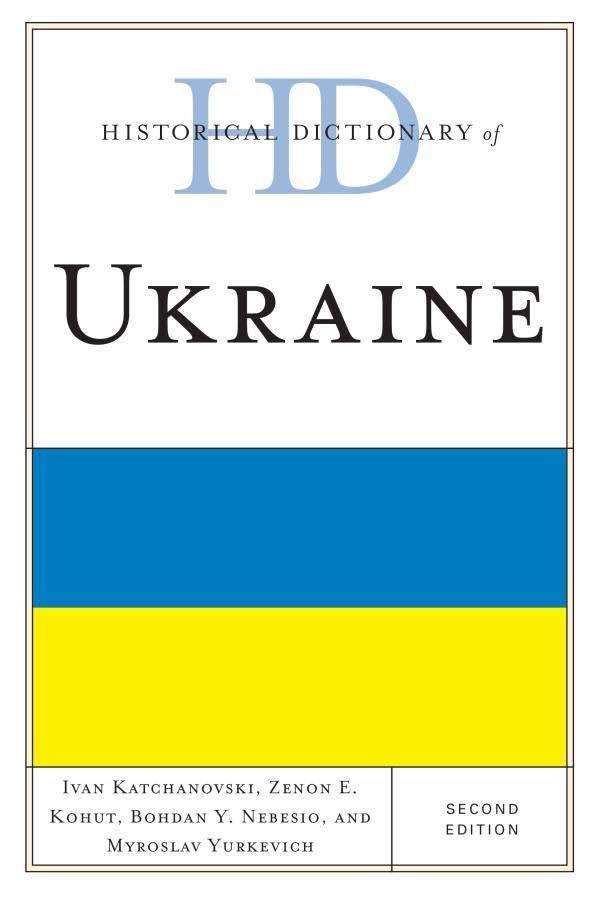 2 / 5
2 / 5 3 / 5
3 / 5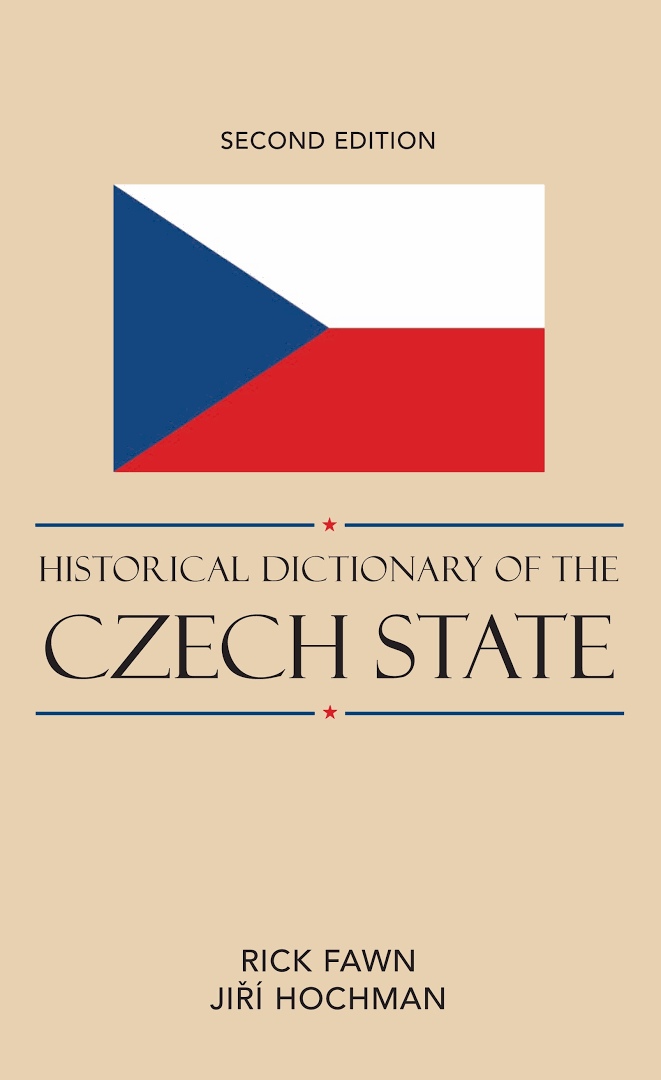 4 / 5
4 / 5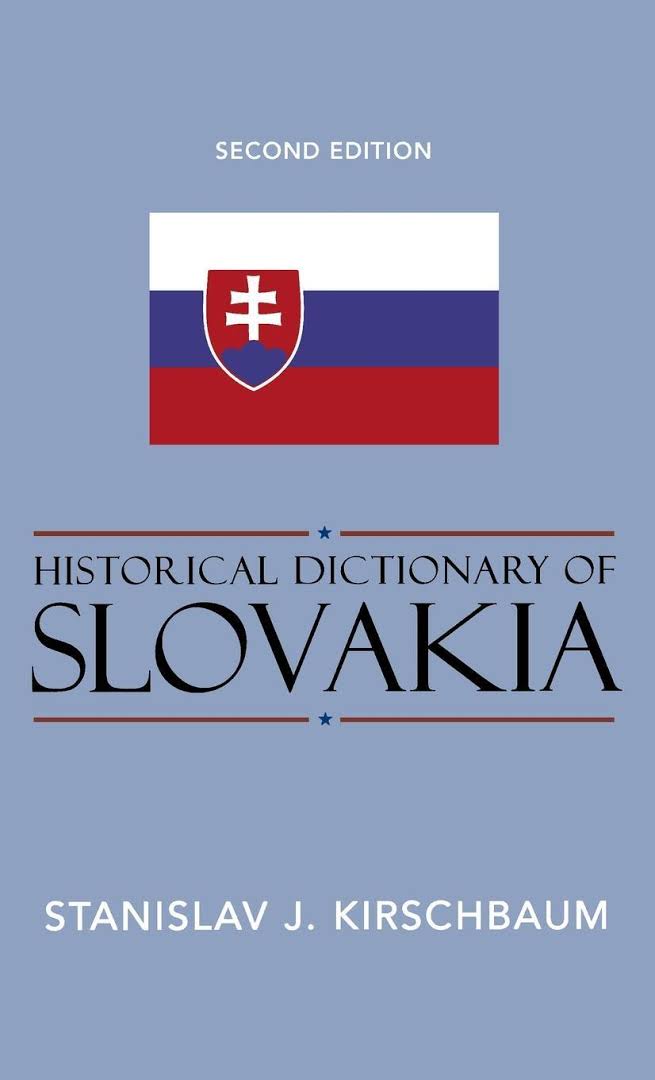 5 / 5
5 / 5